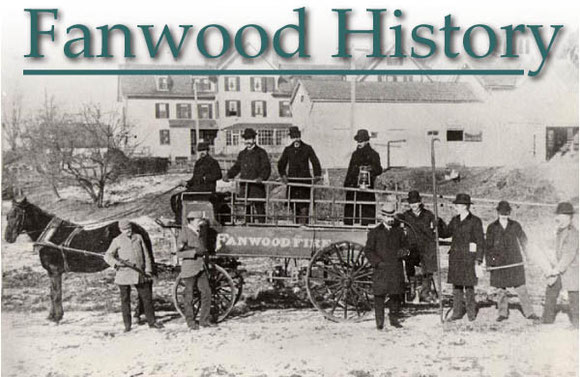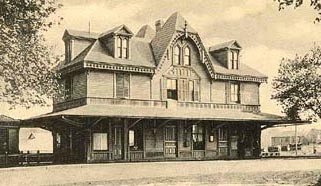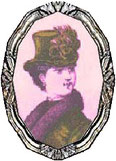Fanwood History

 Fanwood was founded in 1895 around the Central Railroad of New Jersey, which passed through during the 1800s. The old Fanwood train station, built in 1874, stands as the oldest original train station in Union County and remains the center of many community activities. It houses the Fanwood Museum and is a meeting place for various groups.
Fanwood was founded in 1895 around the Central Railroad of New Jersey, which passed through during the 1800s. The old Fanwood train station, built in 1874, stands as the oldest original train station in Union County and remains the center of many community activities. It houses the Fanwood Museum and is a meeting place for various groups.
 It’s believed Fanwood was named after Fanny Wood, a journalist who wrote about the area. Quoting from a 1973 letter in the Fanwood Museum from Justus Agnoli, Fanwood’s representative to the Union County Cultural and Heritage Commission: “In 1874 the Central Railroad of New Jersey constructed the present right-a-way and built a new station to serve this area. Mr. John Taylor Johnson, then president of the new railroad, selected the name FANWOOD for the new station, in honor of Miss Fanny Wood, a frequent visitor to this area, who wrote numerous glowing of its scenic beauty for leading New York periodicals, thereby attracting new residents and investors to this section.”
It’s believed Fanwood was named after Fanny Wood, a journalist who wrote about the area. Quoting from a 1973 letter in the Fanwood Museum from Justus Agnoli, Fanwood’s representative to the Union County Cultural and Heritage Commission: “In 1874 the Central Railroad of New Jersey constructed the present right-a-way and built a new station to serve this area. Mr. John Taylor Johnson, then president of the new railroad, selected the name FANWOOD for the new station, in honor of Miss Fanny Wood, a frequent visitor to this area, who wrote numerous glowing of its scenic beauty for leading New York periodicals, thereby attracting new residents and investors to this section.”
 “Images of America: Fanwood” , a book by the Fanwood Historic Preservation Commission. See a preview and purchasing information.
“Images of America: Fanwood” , a book by the Fanwood Historic Preservation Commission. See a preview and purchasing information.
Kramer Manor, Fanwood’s Corner of Black History
 Kramer Manor is a diverse neighborhood with a proud history. It encompasses portions of Fanwood and Scotch Plains, McGinn Elementary School, Willow Grove Swim Club and Kramer Manor Park. Created in 1924 by New York-based Kramer Realties, the 51-acre area was specifically marketed to black families who faced discrimination elsewhere. The result was an enclave of African-American residents who became like an extended family. The Kramer company fought for FHA funding on behalf of the residents after they were initially denied because of their race.
Kramer Manor is a diverse neighborhood with a proud history. It encompasses portions of Fanwood and Scotch Plains, McGinn Elementary School, Willow Grove Swim Club and Kramer Manor Park. Created in 1924 by New York-based Kramer Realties, the 51-acre area was specifically marketed to black families who faced discrimination elsewhere. The result was an enclave of African-American residents who became like an extended family. The Kramer company fought for FHA funding on behalf of the residents after they were initially denied because of their race.
You can read all about it here, watch an informative video presentation and experience oral histories of past and current residents such as the late Deacon Elwood Green, Sr., an original homeowner, here.
More History
Visit the Fanwood Museum for more on the history of our town, or click these links for the history of:
